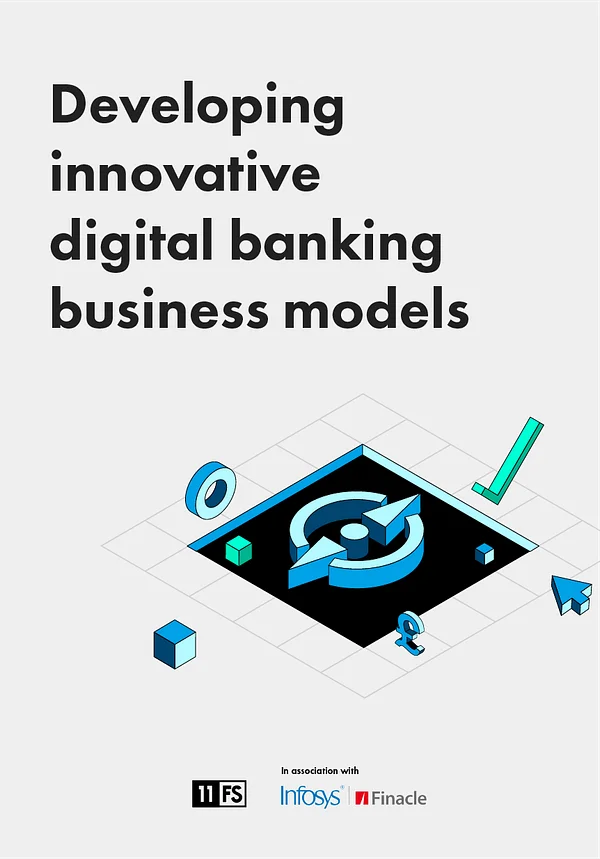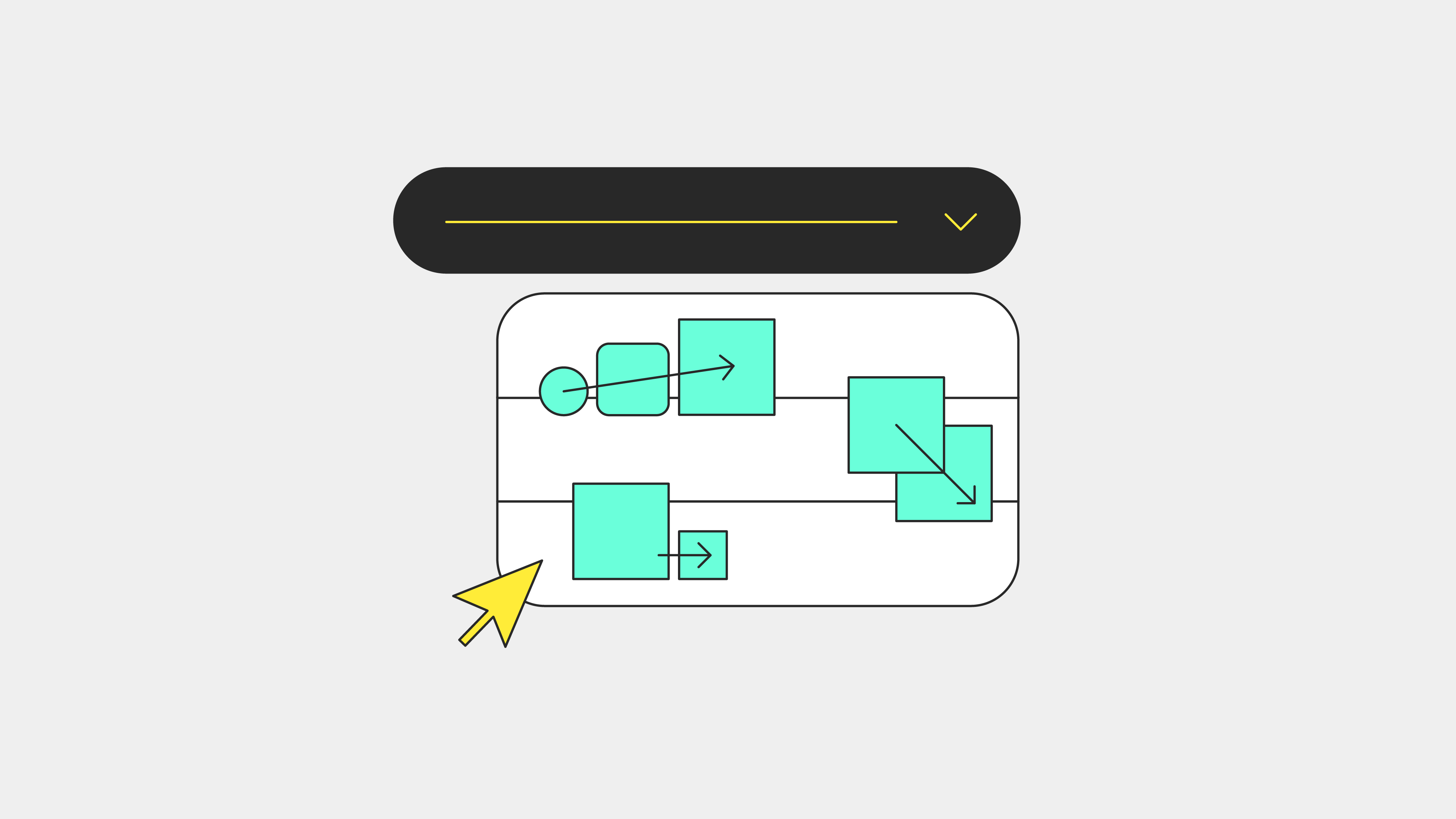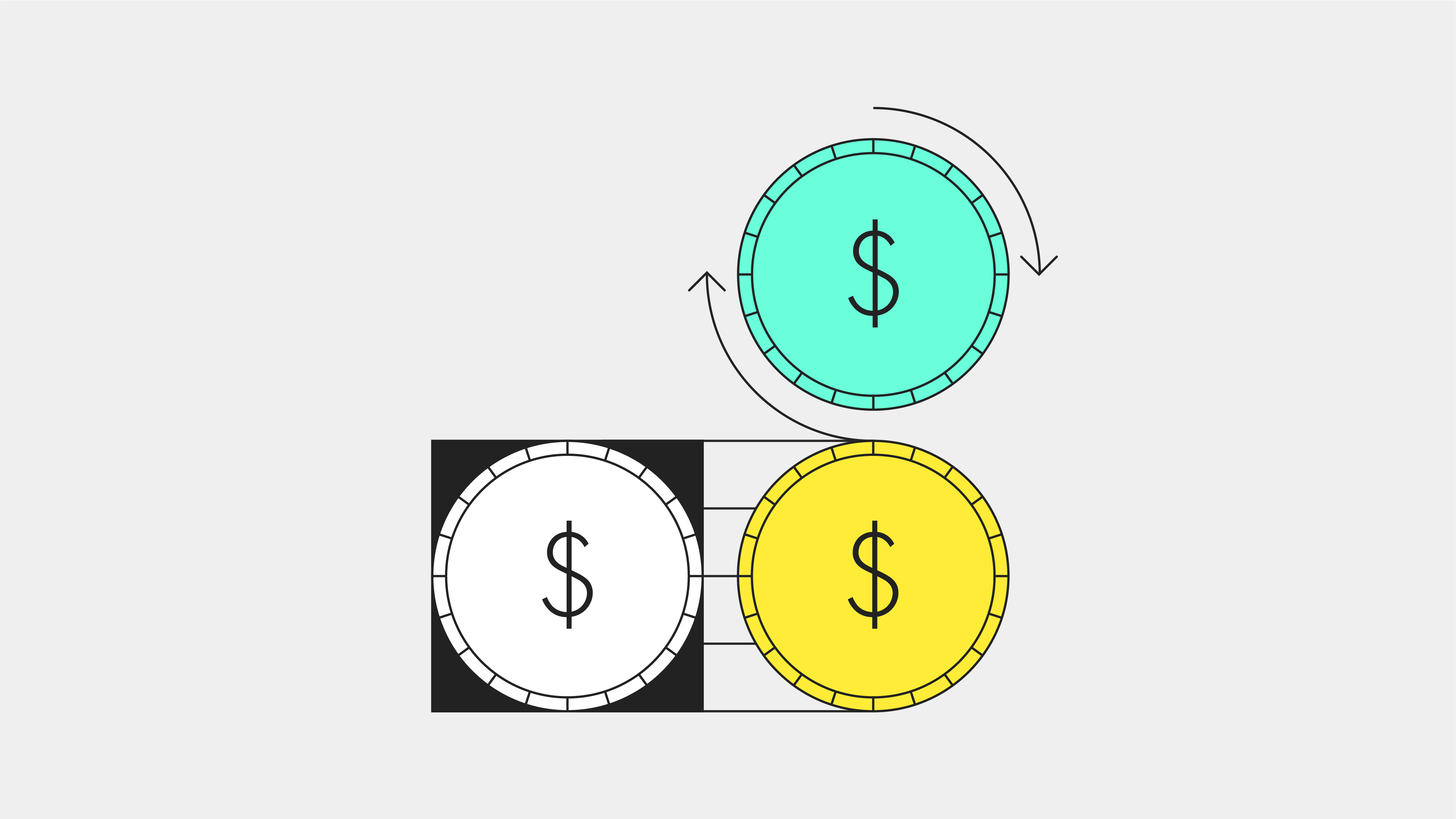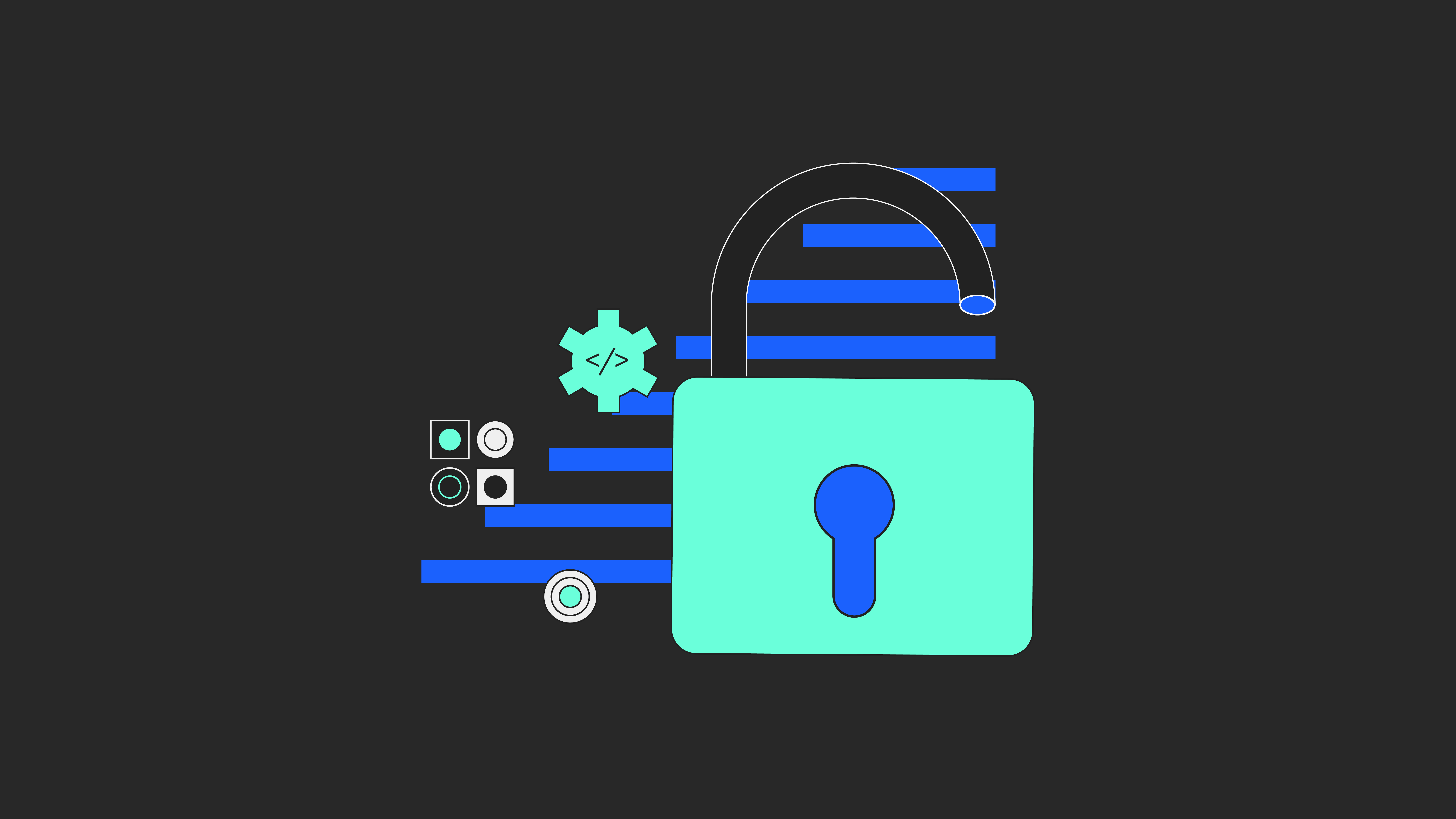The third episode of our brand-new video series, Decoding: Banking as a Service, is here! If you missed it (or any of the others) catch up here. Here’s a rundown of this episode if you prefer reading to watching 📖
In today’s digital world, customer experience is becoming the only differentiating factor. It’s the new basis of competition, and businesses need to not only meet, but exceed, customer demands if they want to succeed.
Are customer expectations driving innovation? 💡
Customer demands are shifting rapidly, and this partially down to the fact we live in an increasingly online world which has triggered the need for instant gratification.
At a time when you can order something on Amazon and have the goods in your hands within hours, why shouldn’t this be applicable to other industries too? Financial services are ultimately very personal: they affect people’s daily lives. So as a brand, when you have a personal connection with a customer, you can reap the loyalty and retention benefits from this relationship.
Look at what Uber did to the taxi industry. Nowadays, when you hail a black cab in London and you have to pull out your wallet, you immediately compare this to the seamless experience of being able to pay through an app. It’s instant, contactless and hassle-free.
Arguably, it’s not just about meeting consumer expectations in the general sense, but providing products and services that meet the expectations of particular segments of your customer base. Take Chime’s debit card, for example. One of its features allows users to access their funds two days early. This is a very appealing offering to users who struggle to make ends meet, suggesting that it’s all about curating your products to the demographic you’re targeting.
In a digital world, UX is how you earn trust. It’s how you show consumers you understand them.
Seth Ross, Greendot
By not meeting customer expectations, you risk your users thinking poorly of you. Let’s say you’re buying a bike. If the checkout process is convoluted and time-consuming, you’ll start to wonder how good the retailer must be at building a reliable and safe bike if they can’t master this simple part of the process.
Customer expectations are also changing because of the growing capabilities of technology. 20 years ago, banks had no way of personalising their services to a specific customer. These days, we’re seeing a new unbundling of financial services. Thanks to tech, financial offerings don’t need to be associated with a traditional bank and they’re better suited to people’s modern behaviour.
Shopify is a great example of a business flexing to the shifting customer demands we’re seeing today. It looks at its audience and considers what they want to achieve, and then works back from that.
So the journeys it’s designing aren’t really financial journeys at all - this is a trend that’s only going to accelerate over the next few years. And businesses who fail to keep up with changing demands are likely to see a decline in conversions.
Do customers need to understand BaaS? 🧐
Ultimately, the end customer doesn’t need to understand BaaS: what they care about is getting the product or service that they want, quickly and in a safe and secure way.
A lot of the time, users don’t even know they’re part of the BaaS process. Many of us use Apple Pay on our iPhones, but do we know we’re entering into a financial relationship with Apple? Not really.
When things are working as they should, customers don’t care about the technology that enables BaaS. The players in the back end might as well be invisible. But when things don’t run so smoothly and the customer is impacted, it’s a different story.
When Wirecard went bankrupt, many fintechs who were using the provider lost the ability to make payments, which affected customers’ ability to buy. But if the process had involved BaaS, they’d have been able to swap out Wirecard for a new supplier and there wouldn’t have been such a devastating fallout.
At the end of the day, the brand is the one who has the relationship with the end customer. They’re the ones who capture the customer’s attention and the ones who need to be trusted partners for users to want to engage with them.
What the end customer cares about is a service that is safe, secure and reliable.
Joanne Dewar, GPS
How does BaaS customer experience evolve? 🌻
The next step for BaaS is for players to not just improve the customer experience, but to understand consumer context.
Brands who understand that finance needs to show up as part of the broader customer journey - at the right place and the right time - are likely to reap the rewards.
This starts with understanding the customer’s end goal. Whether that’s to book a holiday for next year or to buy their first home, brands who know where the finish line is can start to think about where the finance element fits into the process. Embedding finance like this will be key to understanding where to go next in terms of customer experience.
It’s also worth looking at what’s happening in the Asian market. In the last few years we’ve witnessed the emergence of so-called ‘super apps’ (like Grab and Uber) where customers don’t even have the choice of whether to split the financial element out from the app journey. It’s all in one place. People love this convenience and ease of access, so it’s possible we’ll see this trend replicated in the West in the near future.
There’s a desire on the customer’s part to have one primary relationship. How you deliver - that is where the evolution is.
Eric Sagar, Plaid





.svg)
.svg)









